
Invertebrates Numerous & Diverse Animals


Invertebrates Objectives
- List the general characteristics of arthropod invertebrates.
- Provide examples of crustaceans, insects, and arachnids.
- Describe isopods, including classification and characteristics.
Since we humans tend to organize and classify by patterns, we often try to assign things to simple groups, like assigning animals to either vertebrates or invertebrates.
“Invertebrate” is the name we give to every Phylum of animals that does not have a spinal cord protected by a backbone. In other words; most animals. Invertebrates include jellyfish, snails, lobsters, ants, sea stars, beetles, spiders, scorpions, mites, and so much more.
The problem with thinking “verts. vs. inverts.” is that:
-
we all share a common ancestor, so there are many shared characteristics between the vertebrates and invertebrates.
-
it is easiest to put a lot of attention on us vertebrates, even though invertebrates play critical roles in Earth’s ecosystems.
-
there are far more invertebrate species on Earth.
Approximately 95% of the animal species on Earth are invertebrates
34 of the 35 animal phyla (largest classification groups) are invertebrates
If you are looking for animals to study, you are likely to encounter arthropods.
Arthropods rule Kingdom Animalia, at least in term of number of different species.
Phylum Arthropoda, the arthropods, are species with jointed appendages, including antennae and legs.
The arthropods are broken into several groups or taxa.
Four Living Arthropod Sub-Phyla
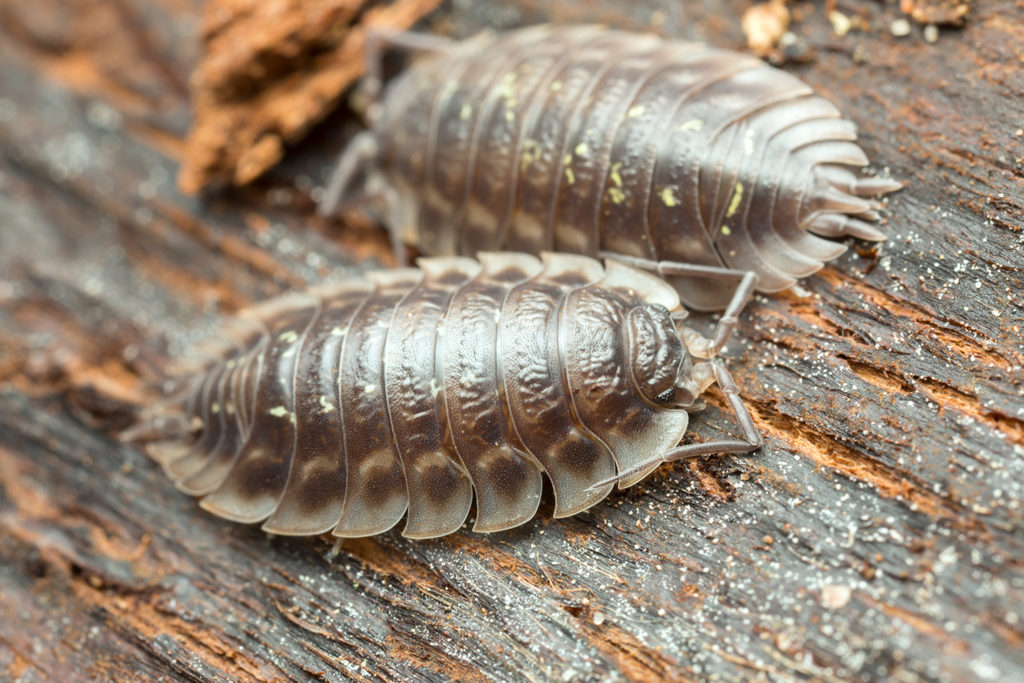
Crustaceans
Diverse, many in water: barnacles, shrimp, crabs, sowbugs
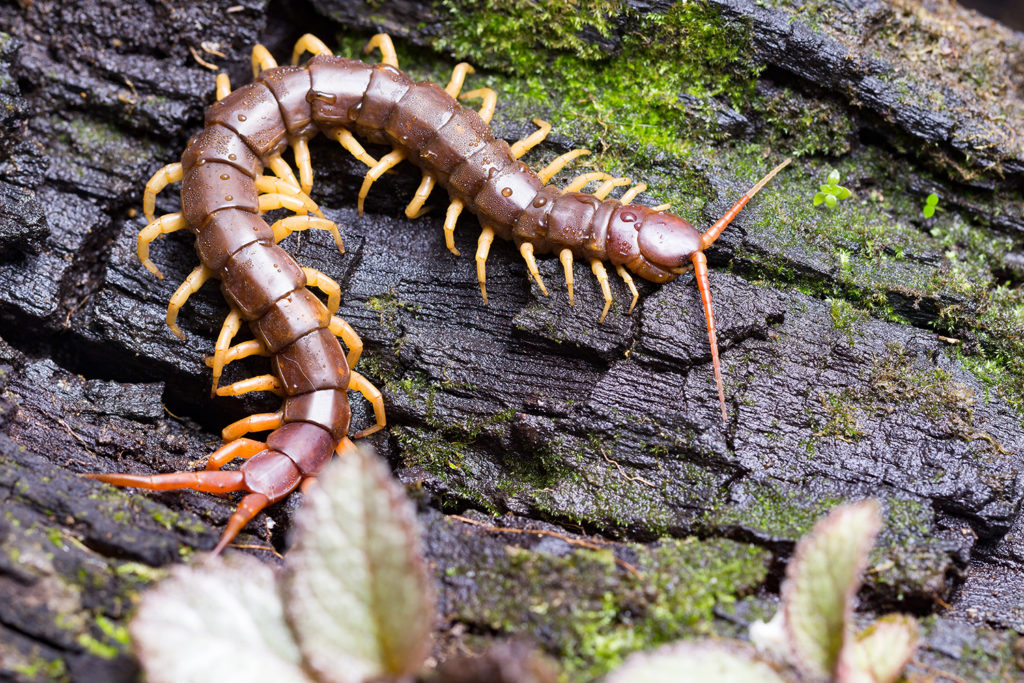
Myriapods
Many Legs: includes millipedes and centipedes
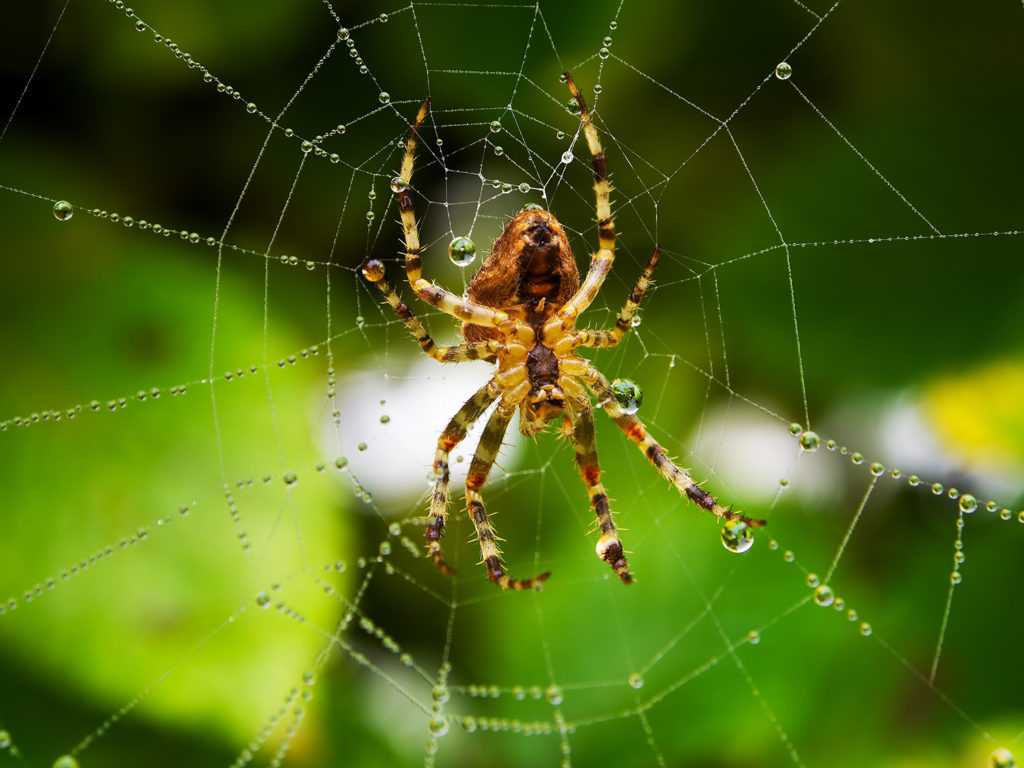
Arachnids (Chelicerates)
Eight Legs: includes spiders and scorpions
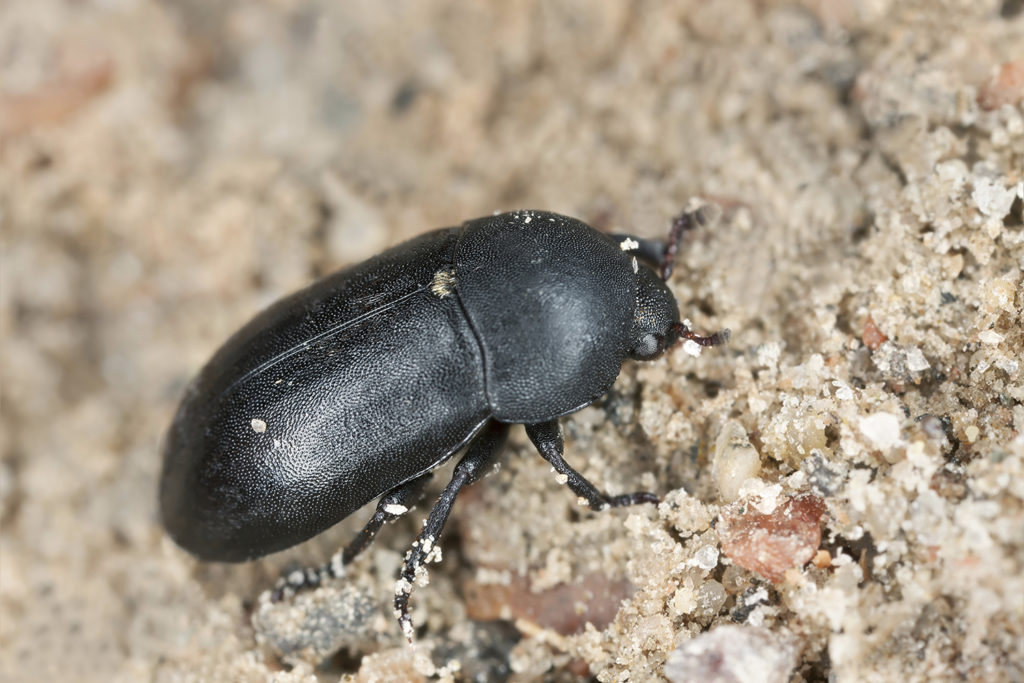
Insects (Hexapods)
Six Legs: includes beetles, bugs, crickets, and butterflies
The organisms in these two videos are arthropods classified in Subphylum ________________.
answer: Crustacea (the crustaceans)
This jumping spider found in the Willamette Valley is classified in Sub-Phylum _____.
Jumping spiders are popular pets because they are active and inquisitive. However, they do need to be fed live food most days.
The pictured arachnid is not a spider, it has only one body segment. This is one of over 6,000 species of “harvestmen” arachnid arthropods.
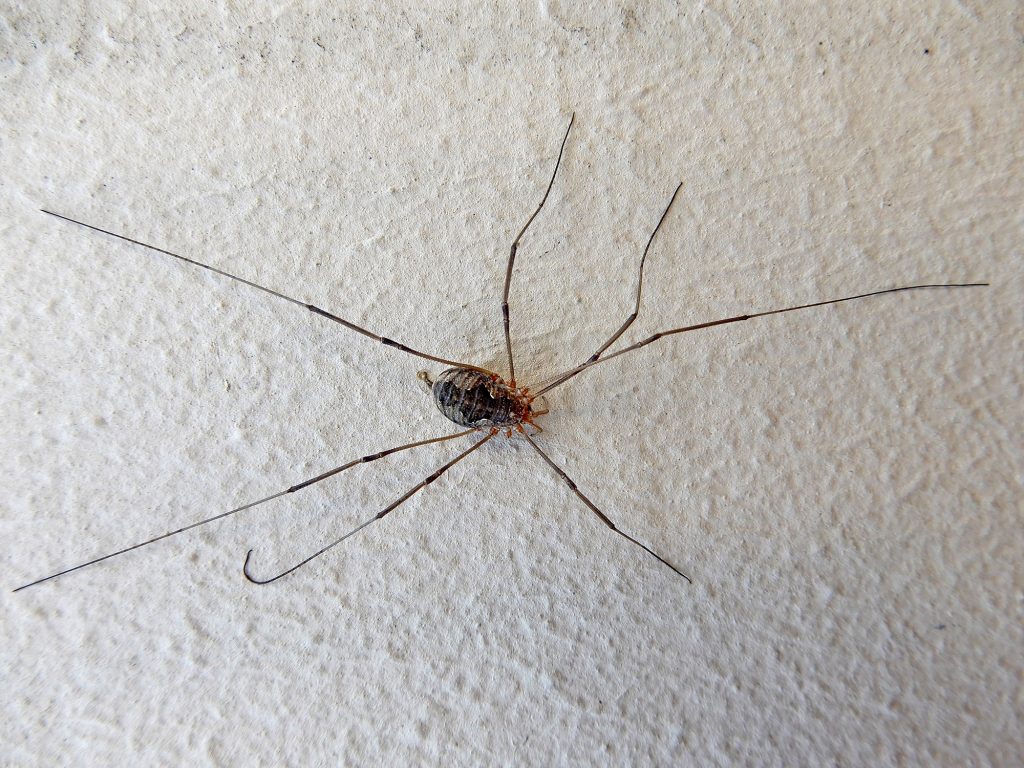
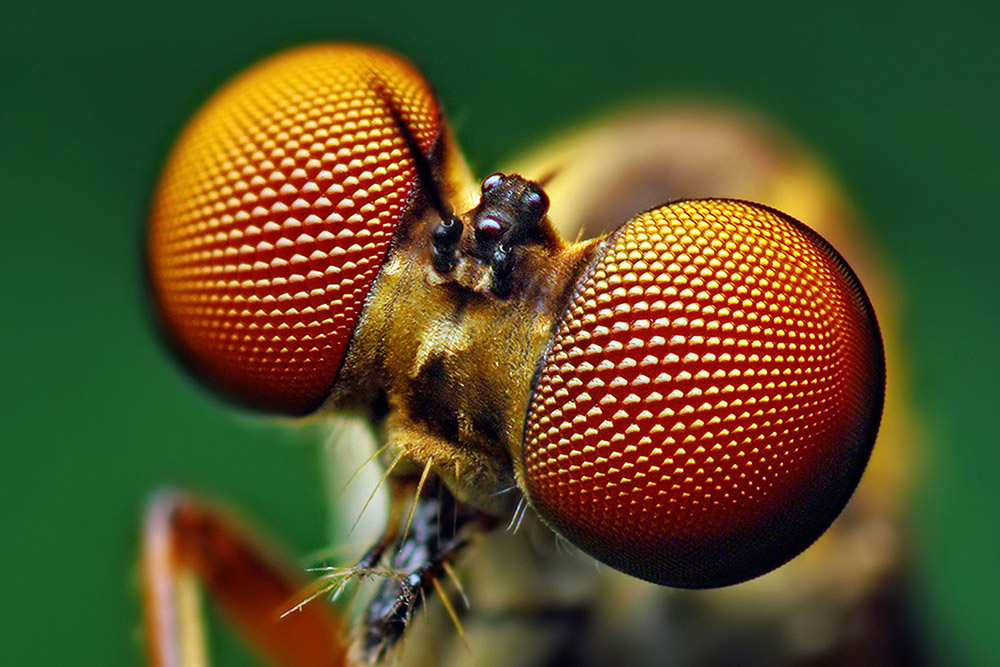
Arthropods have _____ eyes; each eye is a separate visual receptor.
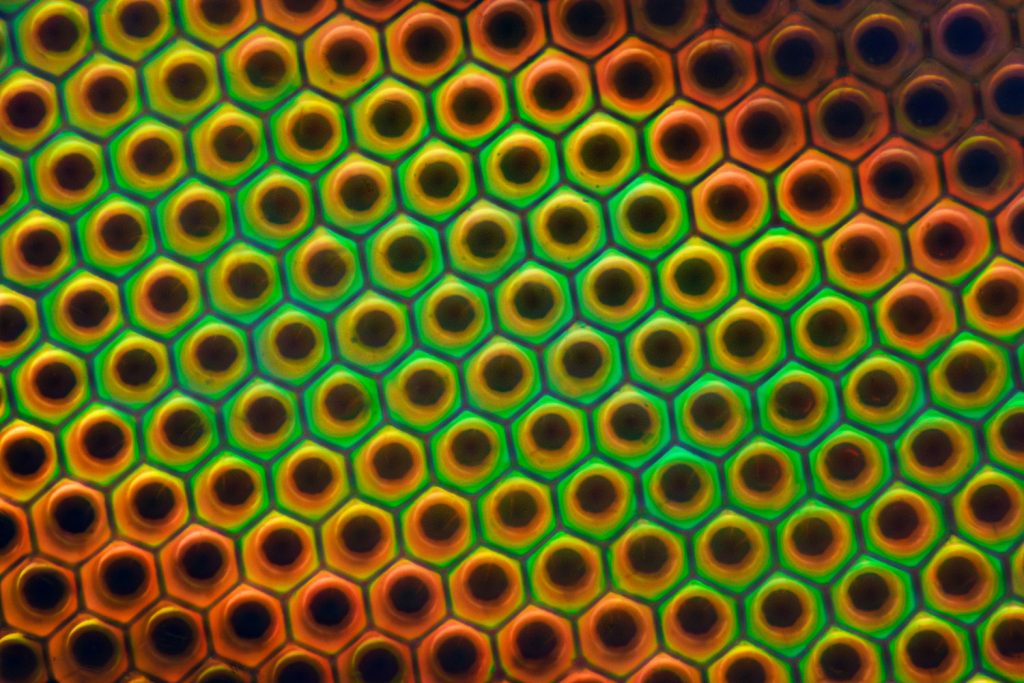
Arthropods do not have an internal skeleton, they have an _____.
To grow substantially in size, an arthropods has to molt or shed its exoskeleton. This has risks, some organisms lose appendages in the process, or get stuck in the exoskeleton and die or are eaten.
If you have never seen an organism “molt” its exoskeleton, here is an isopod molting, sped up 4x.
Isopods
We will be meeting terrestrial and aquatic species of isopods throughout the remainder of this course. You may have run across some of these species already.
To give an idea of how ubiquitous isopods (affectionately called “pods”) are in the environment, this Armadillidium species (“roly poly”) showed up while we were making a video. You can see a corner of the two inch orange number square we use in each Guide intro video to get an idea of scale
Isopods are crustacean arthropods, along with crabs, shrimp, krill, and barnacles. Crustaceans are a diverse group that are typically separated from other arthropods because of their two-parted appendages (legs and antennae) and distinct larval forms. Most isopods are aquatic, but there are terrestrial crab and isopod species.
Terrestrial isopods have been located on every continent. Here is what can happen if you accidentally bring a few into a terrarium.
Different isopod species have different behaviors that assist in survival and reproduction. In this video the branch has been flipped over, exposing sleeping isopods. Some wake up; others are woken up by fellow isopods. Isopod behaviors are not extensively studied for a variety of reasons including limited funding, difficulty in observing, and many species still being discovered.
Isopods are becoming increasingly popular as pets. new species are being discovered and mutants of known species are being bred for the pet trade. These videos demonstrate one of the most popular forms: Porcellio laevis “dairy cow.”
A concern associated with keeping “wild” animals as pets is that releasing non-native species into the environments could harm endemic (native) species.
Interested in seeing more “unusual “pods?” We have unpacking videos of some of the newest animals on the resources page.
The next section introduces the highly successful insects.

Check your knowledge. Can you:
- list the general characteristics of arthropod invertebrates?
- provide examples of crustaceans, insects, and arachnids?
- describe isopods, including classification and characteristics?



